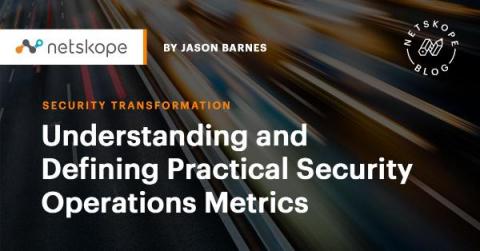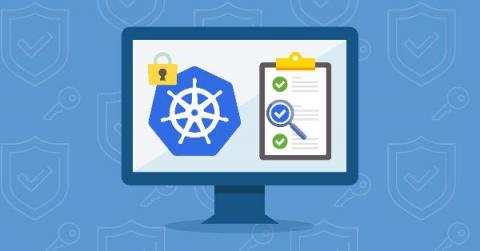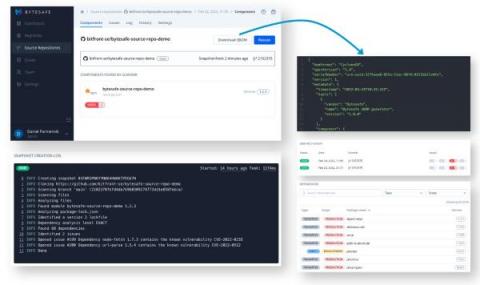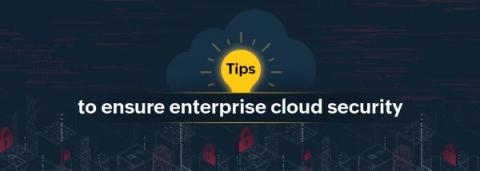Understanding and Defining Practical Security Operations Metrics
In the business of security, linking performance metrics to strategy has become an accepted best practice. If strategy is the blueprint for building a security operations center (SOC), metrics are the raw materials. But there is a catch: a security organization can easily lose sight of its strategy and instead focus strictly on the metrics that are meant to represent it.











